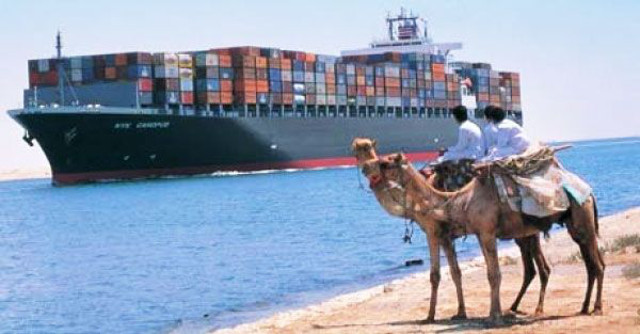The low price of oil is allowing cargo vessels to avoid the costly tariffs of the Suez and Panama canals and take the long way round Africa instead, according to a new report.
The report released this month by maritime trade analysts SeaIntel found that, since October last year, 115 vessels transporting goods from Asia to North Europe and the U.S. east coast sailed around South Africa on their return journey, instead of using a canal. Falling fuel prices mean the ships could afford to take the longer route at a faster speed, thus taking the same amount of time as using the canal, the report found.

According to SeaIntel, using the South Africa route would save on average $235,000 per voyage, which would be a huge boost for cash-strapped carriers.
“Further savings could almost certainly be achieved if the carriers moved some of the intermediate calls to other services or slowed down the speed of the backhaul leg,” the report said.
This is a bad sign for the Panama and Suez canals.
Last year, Egypt completed an $8.5 billion expansion of the canal to allow two lanes of traffic and reduce transit time through the Suez Canal.
According to reports from the Suez Canal Authority, the total number of ships passing through the canal increased 2 percent in 2015 to 17,483. However, the number of bulk carriers and container ships fell 5.7 percent and 3.1 percent respectively.
The carriers are highly valuable to the Suez canal: SeaIntel said vessels sailing from Asia to the East Coast are charged $465,000 on average for passage.
“If the canals want to change the economics of the routing choices, the Panama Canal would need to cut prices by roughly 30 percent, while the Suez Canal would need a cut of roughly 50 percent,” the report added.
The decision to use the South African route would also have a big environmental impact. SeaIntel calculated that the increased fuel consumption would mean an additional 6,800 tonnes of CO2 emitted per voyage.
Source: CNBC